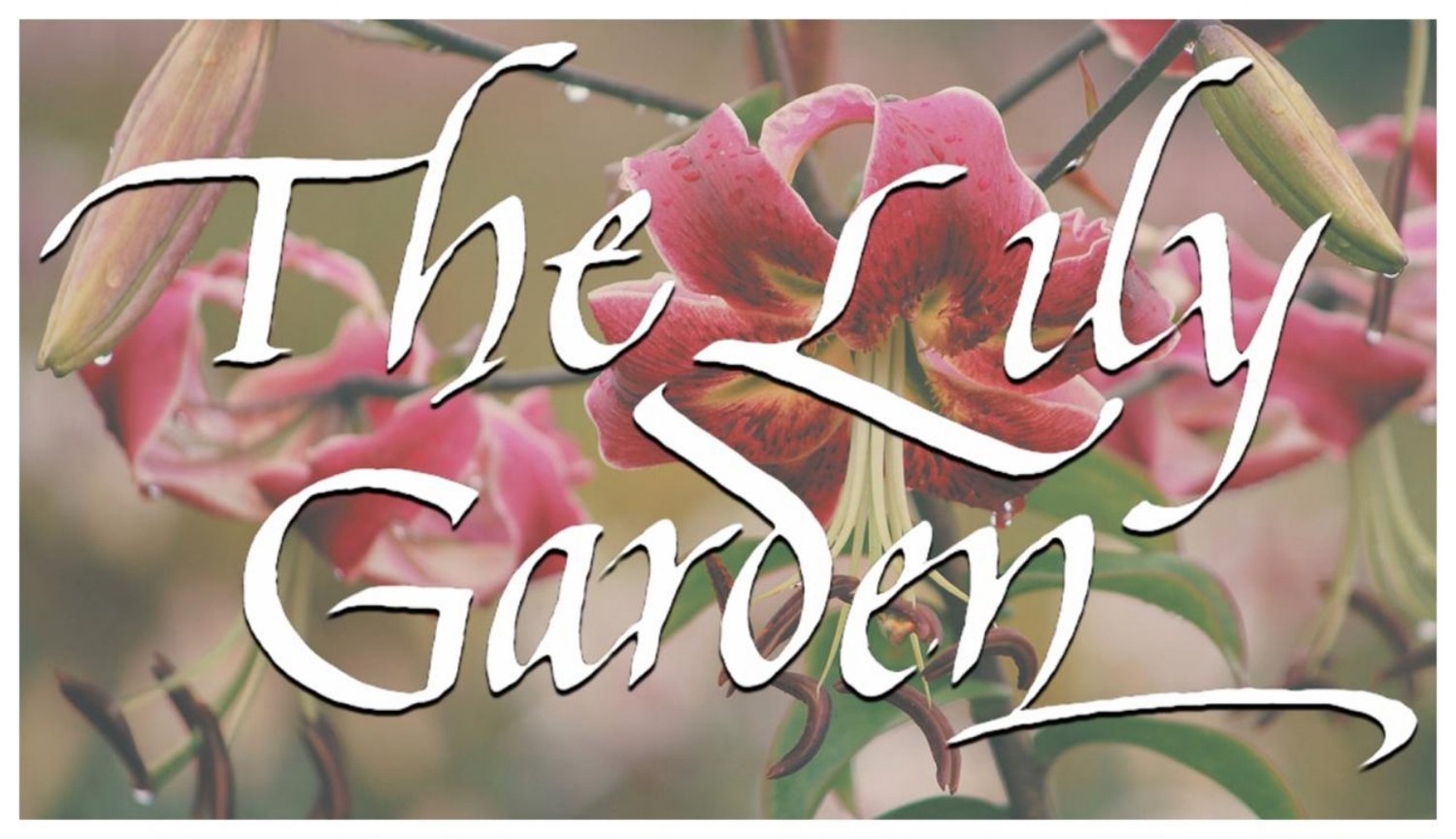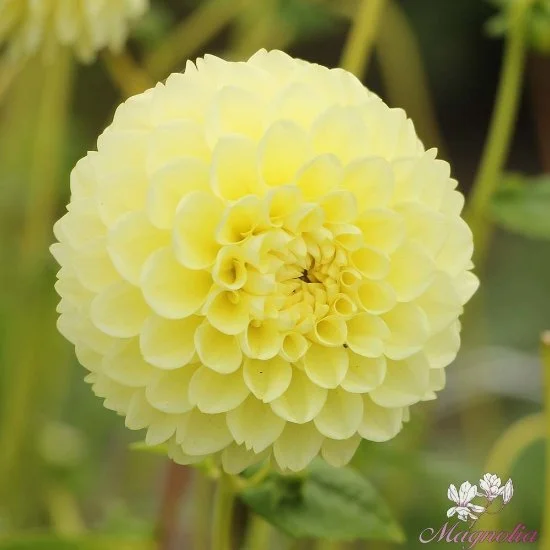Dahlia “Banana Baby”
Dahlias
Upon receiving your Dahlias, it’s best to store them in a cool but frost free area until you’re ready to plant. The right time to plant is depending on the area you live in. A general rule of thumb is to plant about the time you expect your last night frost in your area. Dahlias won’t really start growing until daytime highs are in the 60’s, so planting earlier wouldn’t make a much difference in the bloom time.
Plant the tuber in a well drained, sunny part of the garden, with the tubers completely covered with soil and the stem just about level with the soil surface. Water lightly right after you plant, so the tubers get well settled and surrounded by enough soil without big air pockets. Keep the soil moist but not wet throughout the growing season.
Fall/Winter care for colder climates:
Right around the time of your first light night frost, you can dig up your tuber and clip the stem a few inches above the crown. Shake off the excess soil and let the tuber dry for a few days before packing in a box or paper bag with dry peat or fine wood shavings. Store them in a cool (average 33F-48F) place during the winter months until the chance of night frost is over and you can plant outside again.
Feeding Dahlias:
Dahlias have lots of nutrients stored in their tubers for the growing season but they would still appreciate some extra feed in poorer soils. Mixing in some steer manure or compost in the soil with planting is great. Avoid high nitrogen fertilizers, especially in the second half of the growing season when flowering starts. It’s best to use no nitrogen at all after that time. High nitrogen can increase the chance for tuber soft rot and can also cause the plant to produce heavy growth and delayed or decreased flowering. If a plant looks behind in growth it’s usually not a feeding problem but more likely an issue of either not enough or too much water.
Pests and Diseases:
Here are a few of the most common pests and diseases that can wreak havoc on your Dahlias:
-Crown gall: is a cancerous looking growth usually on or near the crown of the tuber. It’s caused by the soil born bacteria called Agrobacterium tumefaciens. It thrives in humid and warm soils. There are many host plants and the bacteria can survive in the soil for a long time. Don’t plant Dahlias in areas where you’ve had Dahlias, potatoes, tomatoes or any other host plant with this cauliflower looking abscess before.
-Erwinia: Erwinia is caused by the soil born Erwinia bacteria and it causes stem and tuber rot. It usually thrives in wet and damp conditions. Once infected remove and dispose the plant.
Insects:
-Aphids, cumcumber beetles, earwigs, mites area few important insect pests that can target your dahlias. While neem oil is always a good start to keep these pests under control, there are varies (organic) insecticides readily available to help you keeping them under control. Aphids are an important vector for spreading virus as well.
-Mosaic virus: Different Mosaic viruses can be identified by light green mottling on dark green leaves. It can sometimes be confused with nutrient deficiency during fast growing periods. Deficiencies usually disappear once top growth slows down. It’s important to no
Other care:
Unlike Lilies, Dahlias make many blooms throughout the season and will keep blooming until the first night frost. They don’t mind if you cut the flower, in fact, it initiates more new shoots which in return will make more flowers. Some Dahlias, especially the larger bloomed varieties, can get top heavy and would need some extra support or staking.
Enjoy your Dahlias, and we guarantee satisfaction. So if the Dahlia doesn’t perform the first year, other than environmental causes, let us know if we can refund or replace your tuber.
Happy planting!
The Lily Garden

